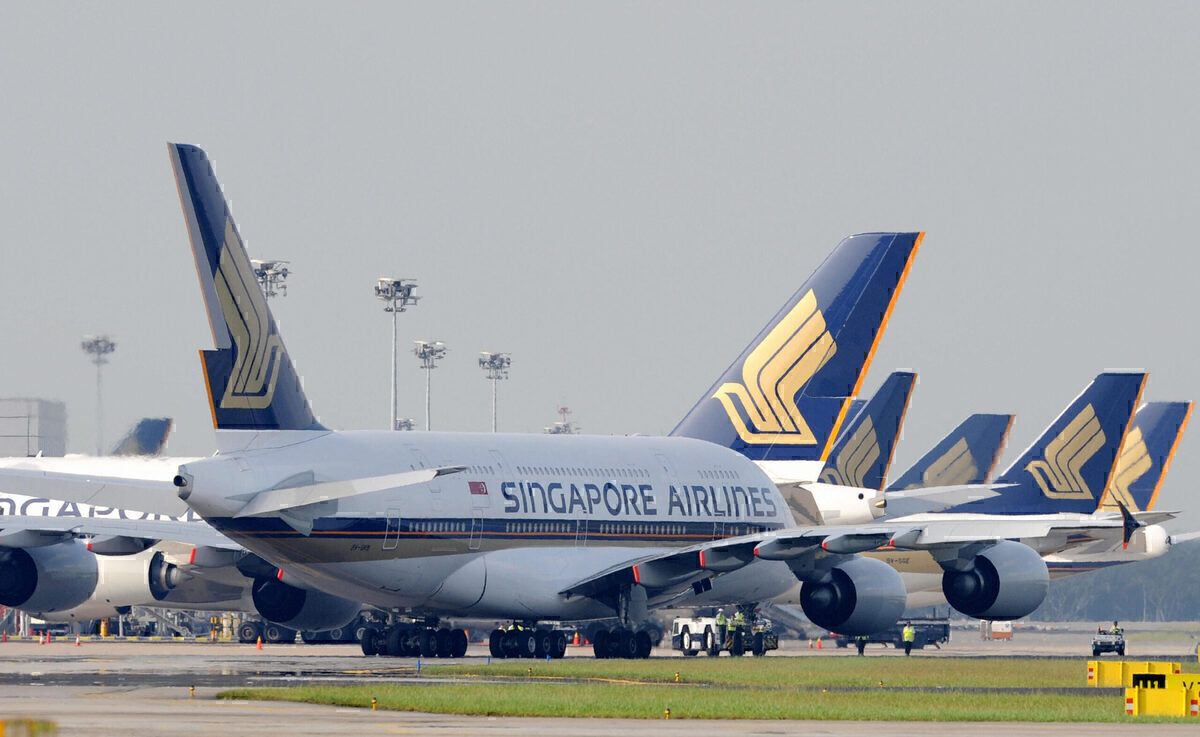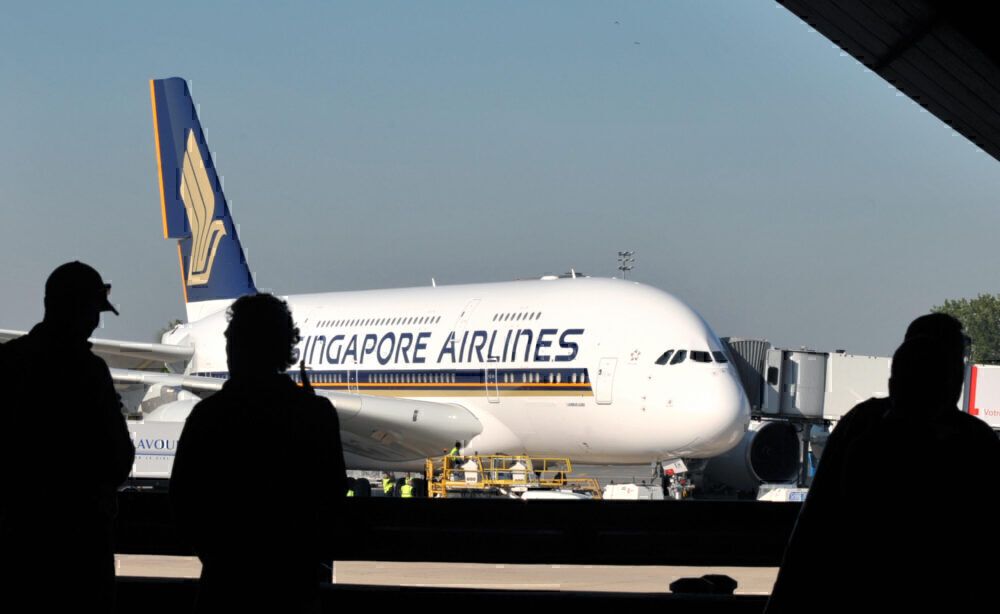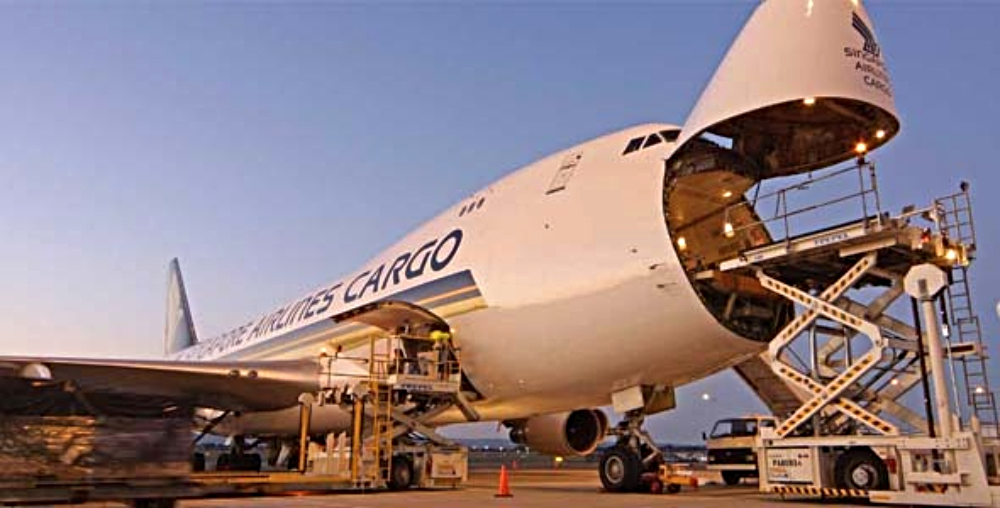Singapore Airlines yesterday reported a US$106 million loss for the quarter ending December 31. In the 12 months to December 31, Singapore Airlines has racked up an operating loss of US$2.1 billion. In contrast, the airline posted an operating profit of US$734 million in the 12 months to December 31, 2019.
But it's not all bad news. The airline reports strong cargo performance as loads and yields benefitted from a global airfreight capacity crunch and healthy demand. In addition, a solid liquidity position puts Singapore Airlines in good stead to withstand future challenges.
When announcing the quarterly results yesterday, the airline said in a statement;
"(Singapore Airlines) is well-positioned to navigate the current uncertainties, cement our leading position in the airline industry in the new normal, will remain nimble and flexible as we look to seize all opportunities, and act swiftly and decisively in a fast-changing aviation environment."
A tough 2020 for Singapore Airlines
In the 12 months to December 31, 2020, airlines across the Singapore Airlines Group carried 4,141,000 passengers. Across the previous 12 months, the Group flew almost 22.2 million passengers. In contrast to the more than 130 million available seat kilometers in 2019, there were less than 39 million available seat kilometers in 2020.
The average passenger load in 2020 was 21.7%. A 71.4% load factor in the first quarter of 2020 boosted this before the worse of the travel downturn impacted. Across the last three quarters of 2020, average passenger loads on Singapore Airlines aircraft fell to just 15.2%. That contrasts with an average load factor of 83.3% across 2019.
While none of this is good news for Singapore Airlines, they are buckling down to deal with whatever gets thrown at it. The airline has increased its liquidity by approximately US$9.5 billion since March.
Cash and bank balances are now approximately US$5.3 billion. Singapore Airlines continues to have access to more than US$1.57 billion in committed credit lines, along with the option to raise up to US$4.64 billion in additional mandatory convertible bonds before the Annual General Meeting in July 2021.
At the end of December 2020, SIA served 38 destinations, including Singapore, up from 31 at the end of September 2020. SilkAir increased the destinations it served to eight, up from six, while Scoot’s network remained unchanged with 17 destinations. Across the Singapore Airlines Group, there are now 185 planes, of which 64 are flying. Seven dedicated freighters are fully operational, and 24 passenger aircraft are deployed on freight-only services.
Stay informed: Sign up for our daily aviation news digest.
Freight proves a bright spot for Singapore Airlines
As with many airlines, freight is proving a bright spot for Singapore Airlines.
"Strong fundamentals and healthy Purchasing Managers’ Index readings across many key export economies will continue to support cargo demand in the coming months. Furthermore, as the production of COVID-19 vaccine ramps up, Singapore Airlines Cargo is looking to capture its share of the traffic to Asia and the Southwest Pacific region," says Singapore Airlines.
The airline notes freight demand has reduced somewhat after the Christmas / New Year peak. But Singapore Airlines also says airfreight worldwide is capacity constrained because of the reduction in regular passenger services.
Cargo capacity was down at Singapore Airlines over 2020, but the load factors and yields per kilometer were significantly up on 2019 levels. Singapore Airlines calls it "a strong cargo performance."
The airline is cautiously optimistic about the expansion of passenger flights in the short term. Singapore Airlines says it continues to monitor the status of travel restrictions and will adjust its capacity accordingly to meet the traffic demand.



